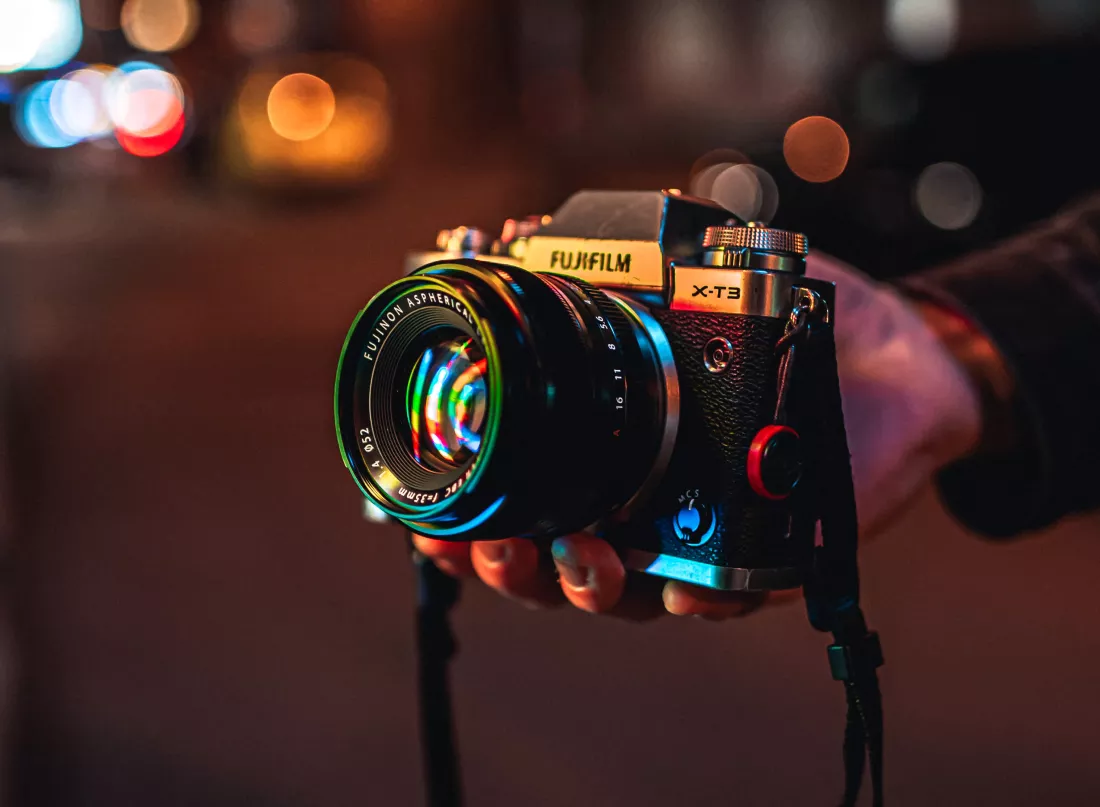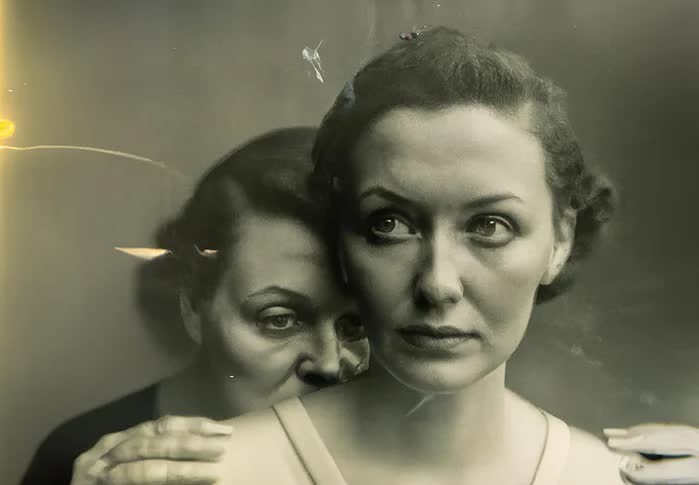A hot potato: The controversial issue of whether AI-generated images should be allowed to enter photo competitions has been addressed by the World Press Photo Contest. Days after announcing that they would allow these images to be entered into the Open Format category, organizers have reversed their decision and decided to ban any AI-generated content.

Earlier this week, the World Press Photo Foundation said it would permit the use of generative AI in its Open Format category, which encourages entries that feature innovative techniques, non-traditional modes of presentation, and new approaches to storytelling. The only stipulation was that the images must still incorporate lens-based still photography as the source and central part of the work.
Unsurprisingly, many were angry that a competition recognizing the best and most important photojournalism and documentary photography was allowing AI-generated images to enter.
The outcry led to the foundation updating its rules to exclude AI-generated images from the Open Format category; they were already prohibited in the competition's other categories. The change was prompted by the "honest and thoughtful feedback" the World Press Photo Foundation received following its initial announcement.
There have also been updates to the competition's image manipulation rules to clarify the definition of AI-generated content. It now covers the use of artificially generative fill in post-production, and anything that introduces new information to enlarge and sharpen images, such as AI-powered enlarging tools like Adobe super resolution and Topaz Photo AI.
Some AI tools that are allowed up to a certain extent include light changes like denoise, automatic adjustments (e.g. on levels, colors, contrast), and object selection.
Back in April, Berlin-based "photomedia artist" Boris Eldagsen participated in the World Photography Organization's Sony World Photography Awards. He entered his image (above), called 'The Electrician', in the Creative category. It won, but Eldagsen refused the prize because the image was AI-generated.
Other examples of this practice include a Midjourney creation that won a photography contest hosted by Australian photo retailer digiDirect earlier this year. Another Midjourney image won a category in the Colorado State Fair's annual art competition in 2022, too.
Returning to the world of photojournalism, it was reported earlier this month that realistic AI-generated photos of the Israel-Hamas war were being sold via Adobe's stock image library and bought by news publishers that had been passing them off as real.
h/t: The Verge
masthead: Camera by Gidon Wessner,
https://www.techspot.com/news/100919-world-press-photo-contest-reverses-stance-ai-generated.html
